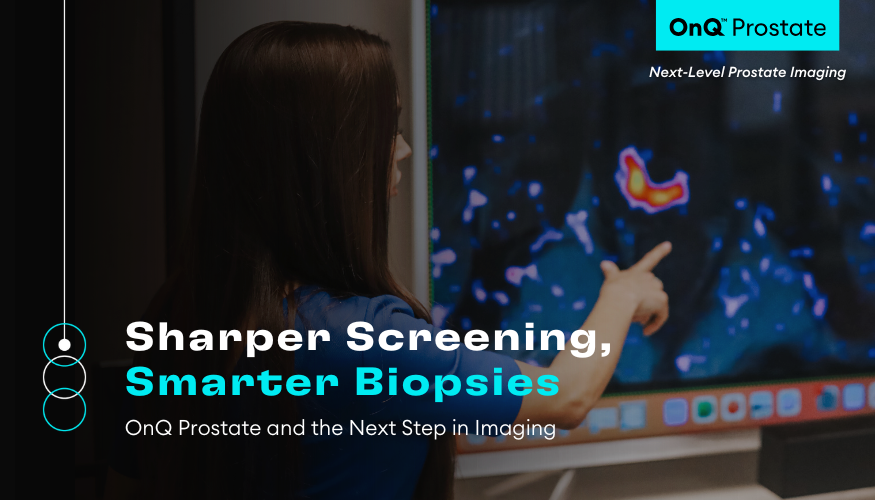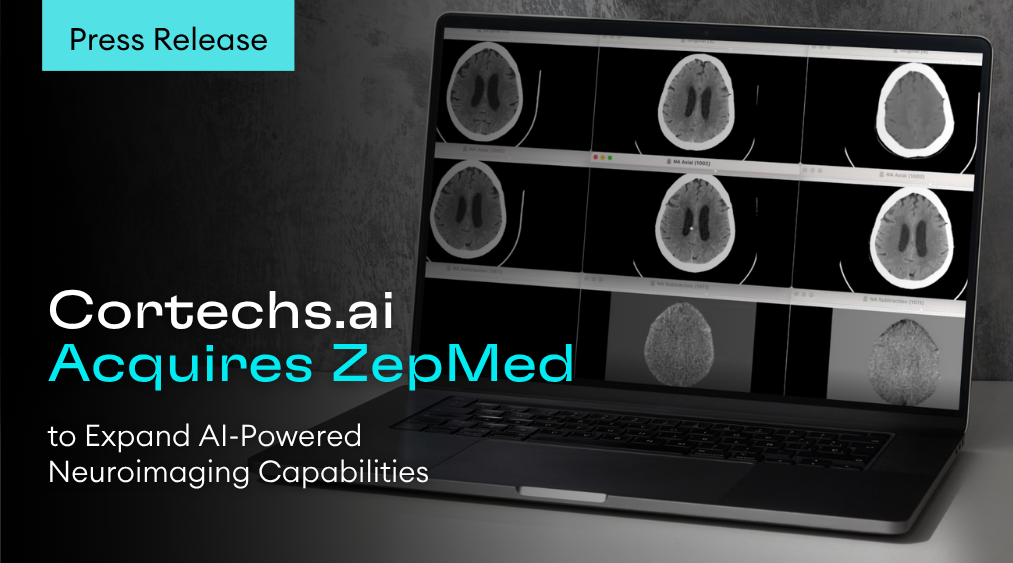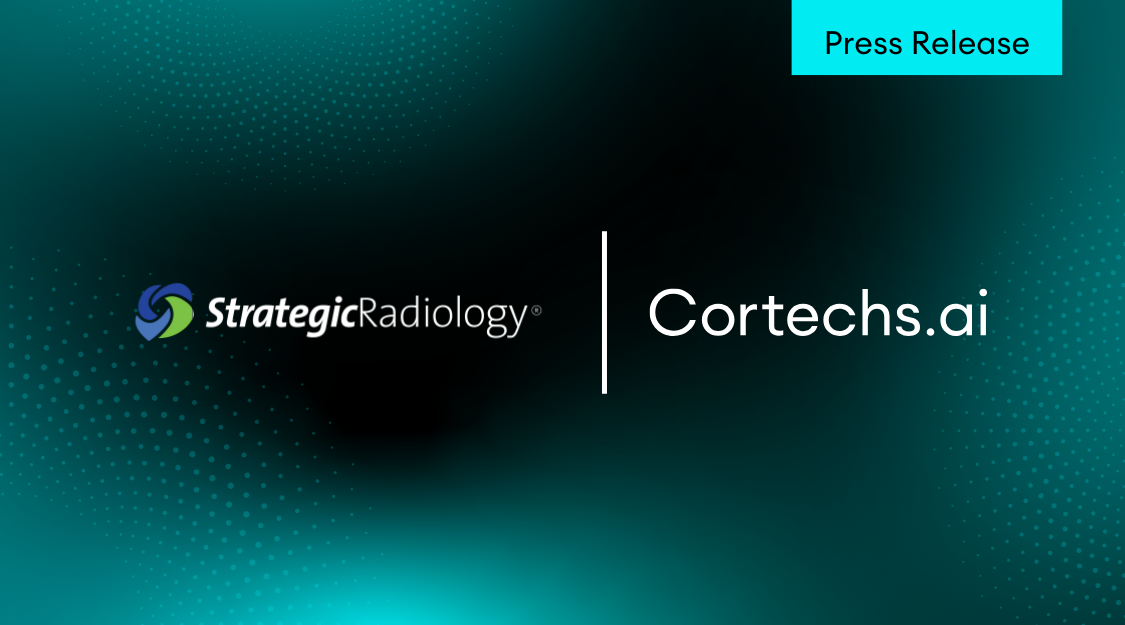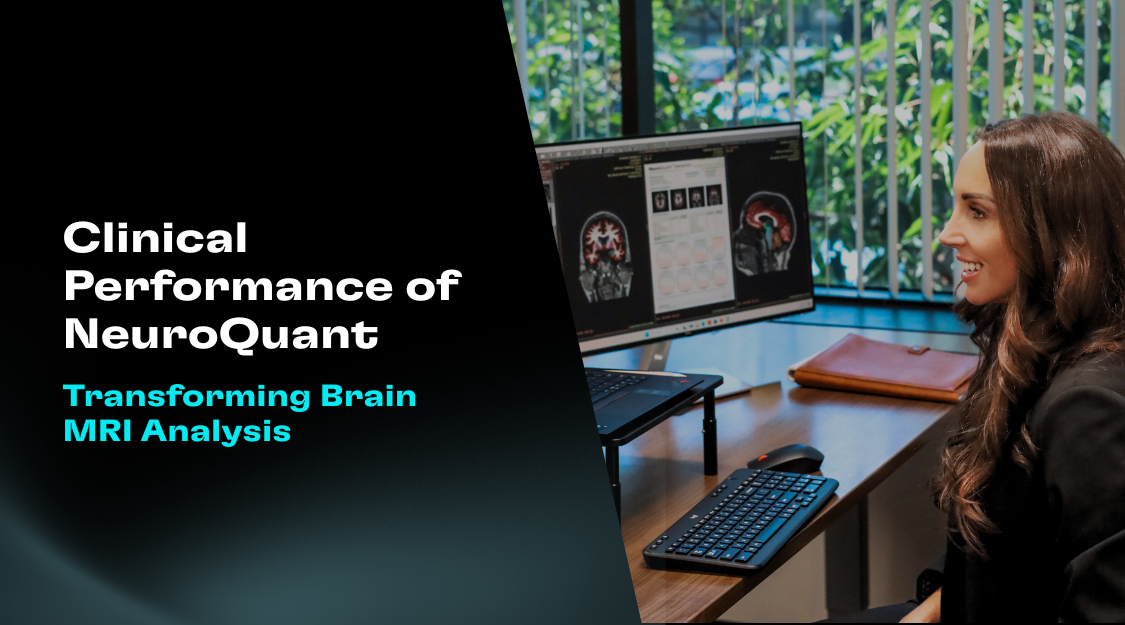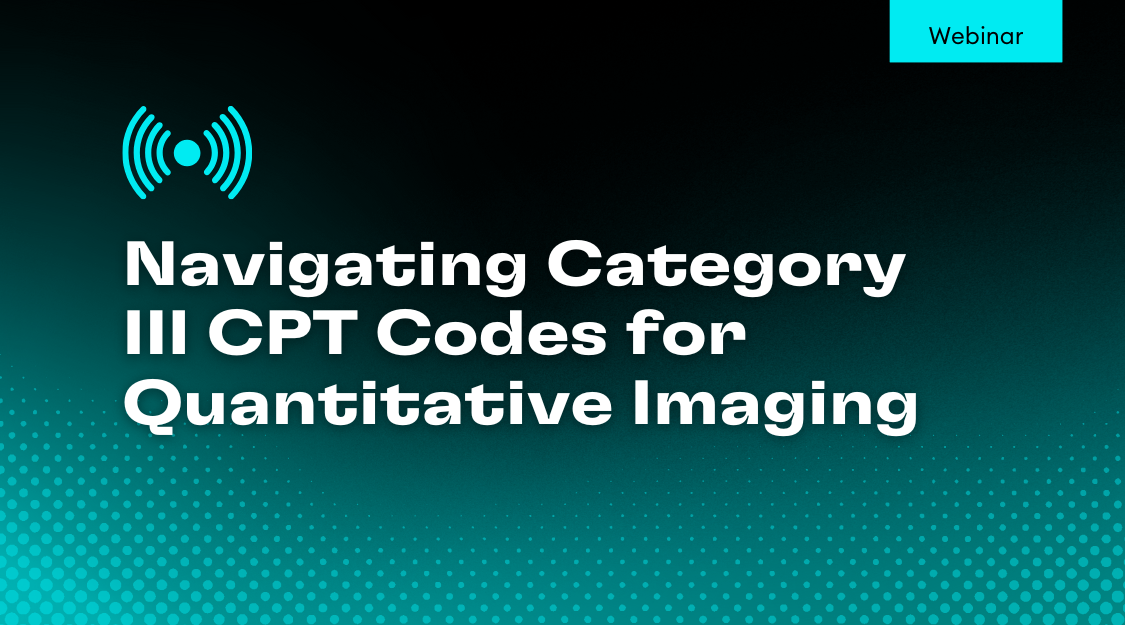Cortechs.ai offers the most advanced artificial-intelligence-based methods for MRI post-processing and delivers accurate and clinically relevant quantitative data used in the diagnosis of neurodegenerative diseases.
Chief Executive Officer, Chris Airriess, PhD, discusses the value of volumetric post-processing with Suzie Bash, MD of RadNet San Fernando Valley.
Dr. Airriess: Increasingly we’re seeing hospitals and imaging centers making volumetric post-processing a standard procedure. Why do you think they’re making this decision?
Dr. Bash: I think it’s a decision that is really driven by recognized value. In my experience, once a referring physician orders volumetric post-processing for a particular clinical scenario, they immediately see the true value in the report and the impact that information has on patient management. This then drives their desire to receive volumetric post-processing on all future exams.
Dr. Airriess: What are the benefits of processing all head MRIs through products like NeuroQuant, LesionQuant, or PETQuant?
Dr. Bash: One of the greatest benefits of volumetric imaging is the elimination of subjectivity. So estimates of volume have always been incorporated into standard MRI brain reports. The radiologist traditionally always comments on the presence and degree of atrophy on each frame they evaluate. Additionally, if a patient has multiple sclerosis, the neuroradiologist always estimates the volume of plaque burden, which is characterized as mild, moderate, or severe. We want our referring physicians to be able to read our MRI reports and in doing so be able to visualize the anatomy of their patient’s brains. The problem is, we all have different sensitivities in characterizing volume, so what I might consider moderate cerebral atrophy, my colleague might consider severe.
Quantitative volumetric imaging eliminates reader subjectivity. It tells us exactly what degree of atrophy is statistically significant for patient age, and it calculates the true volume of plaque burden in patients that have MS. That information adds tremendous value. It makes us better clinicians. It also makes the referring physicians better providers since it can impact clinical management. And ultimately, it directly benefits the patient by aiding in diagnosis and accurately assessing for the true progression of the disease over time.
Dr. Airriess: Do you think this type of use will become more common?
Dr. Bash: Yes. I think the trend towards obtaining volumetric post-processing will increase over time. Really the only force against it is the lack of awareness that this technology exists. Once a referring physician knows that it’s possible to add value in a particular clinical scenario, there’s really no desire to go back to not using this technology every subsequent time. There is really no downside, particularly as the one to two required sequences for volumetric imaging are now fairly routine sequences on all higher-end magnets, so there’s essentially no time cost in exam length for volumetric data acquisition.
For more videos on Cortechs.ai volumetric imaging solutions, visit our youtube channel.
